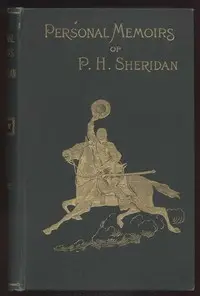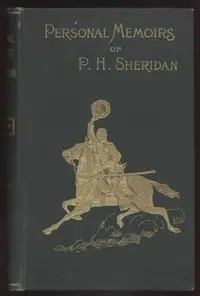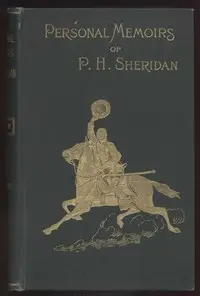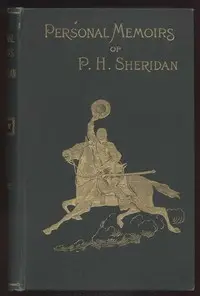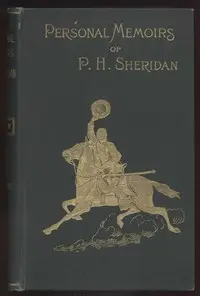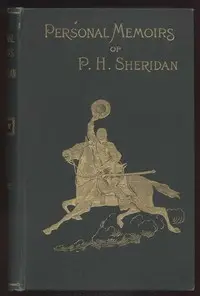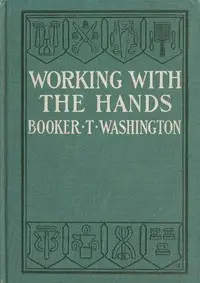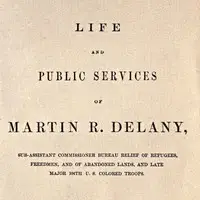** "Personal Memoirs of P. H. Sheridan, Volume 1, Part 2" by Philip Henry Sheridan is a chronicle of his time as a cavalry officer during the American Civil War. He recounts the strategies, operations, and difficulties he and his soldiers encountered during particular battles and expeditions, such as those at Booneville and Murfreesboro'. Through this account, Sheridan shares details about military movements, the critical role of supplies, and displays accounts of his leadership during crucial moments, like the preparations for the expedition to devastate Booneville, along with the morale of his men, their interactions with civilians, supply-line challenges, and his promotions resulting from his leadership during critical military operations. **
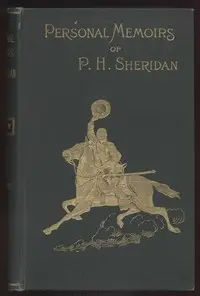
Personal Memoirs of P. H. Sheridan, Volume 1, Part 2
By Philip Henry Sheridan
** A cavalry officer recalls his daring Civil War expeditions and challenges, sharing tales of strategy, leadership, and the relentless pursuit of victory.
Summary
About the AuthorPhilip Henry Sheridan was a career United States Army officer and a Union general in the American Civil War. His career was noted for his rapid rise to major general and his close association with General-in-chief Ulysses S. Grant, who transferred Sheridan from command of an infantry division in the Western Theater to lead the Cavalry Corps of the Army of the Potomac in the East. In 1864, he defeated Confederate forces under General Jubal Early in the Shenandoah Valley and his destruction of the economic infrastructure of the Valley, called "The Burning" by residents, was one of the first uses of scorched-earth tactics in the war. In 1865, his cavalry pursued Gen. Robert E. Lee and was instrumental in forcing his surrender at Appomattox Courthouse.
Philip Henry Sheridan was a career United States Army officer and a Union general in the American Civil War. His career was noted for his rapid rise to major general and his close association with General-in-chief Ulysses S. Grant, who transferred Sheridan from command of an infantry division in the Western Theater to lead the Cavalry Corps of the Army of the Potomac in the East. In 1864, he defeated Confederate forces under General Jubal Early in the Shenandoah Valley and his destruction of the economic infrastructure of the Valley, called "The Burning" by residents, was one of the first uses of scorched-earth tactics in the war. In 1865, his cavalry pursued Gen. Robert E. Lee and was instrumental in forcing his surrender at Appomattox Courthouse.

